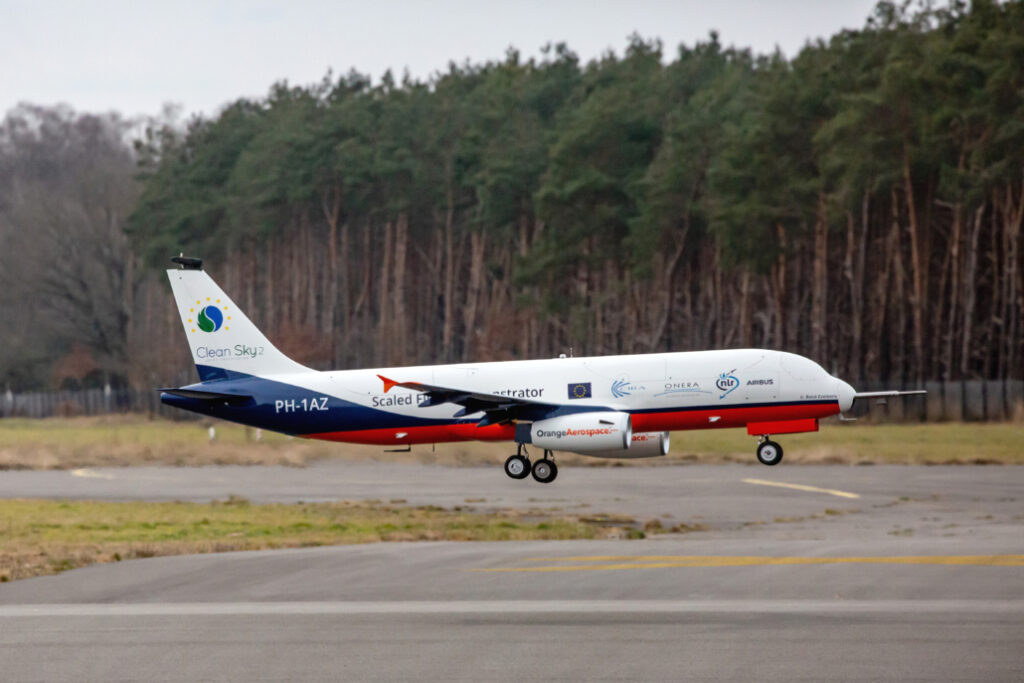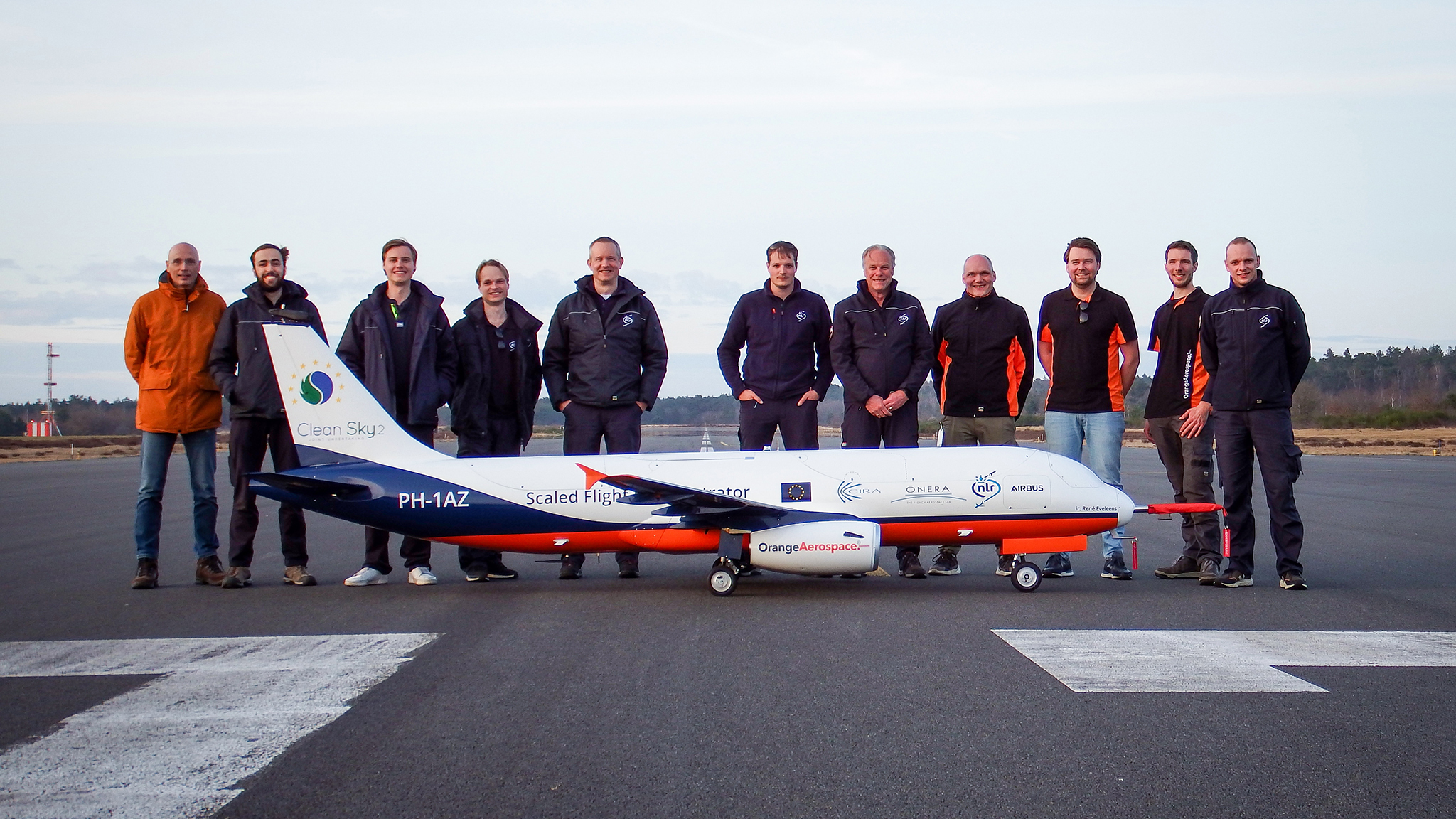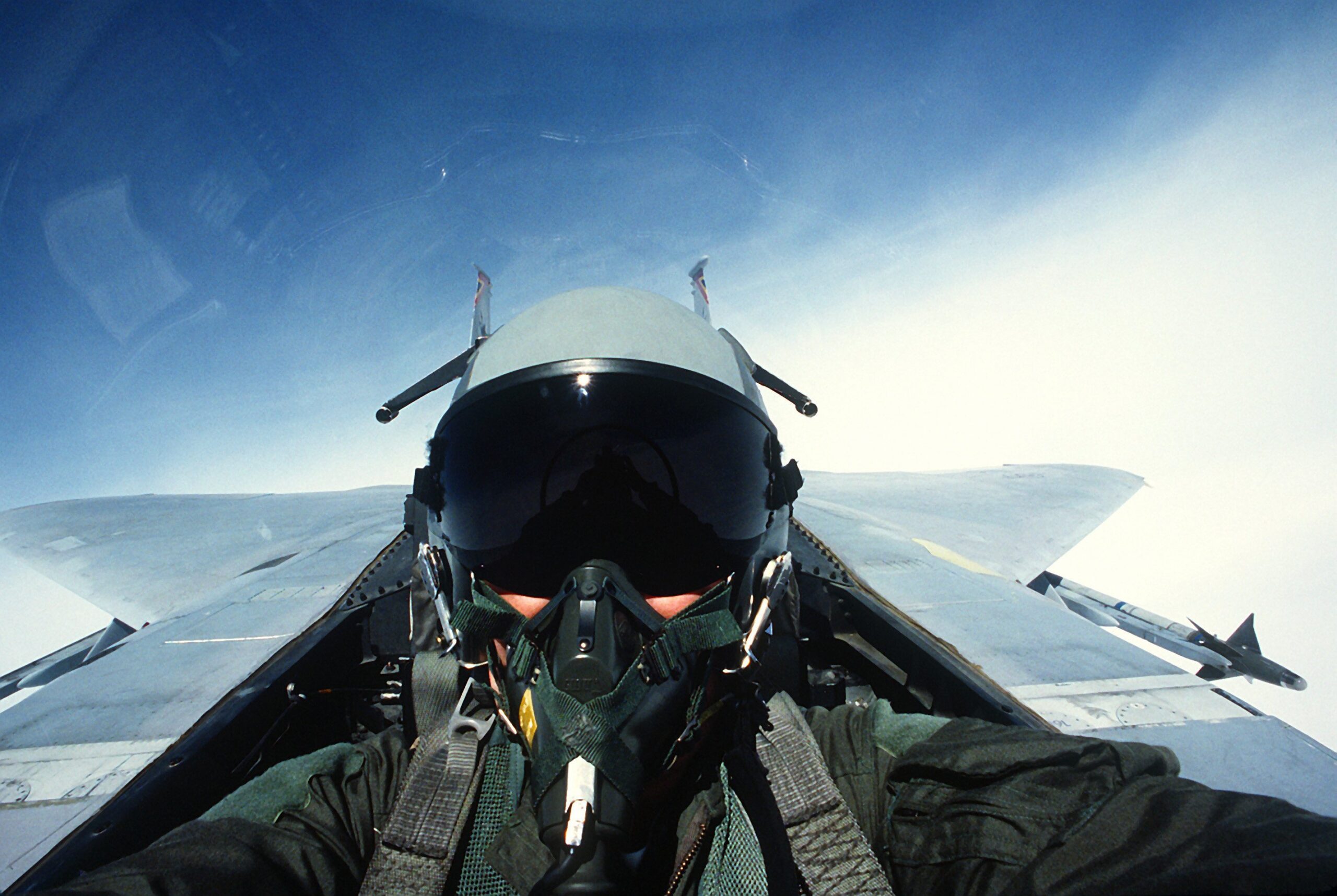In order to achieve a climate-neutral air transport system by 2050, European research centres and industries have developed an SFD to supplement numerical simulations, wind tunnels, and other classical experimental testing means. The SFD will be particularly useful for aircraft dynamics and control law validation. The SFD has a wingspan of 4 metres, a take-off mass of 140 kg, and a cruise speed of 85 kts. Through wind tunnel tests and flight test campaigns, the SFD’s flight mechanics characteristics are derived from and subsequently compared to those of a full-scale aircraft to holistically assess the approach.
This maiden flight corresponds to the start of Qualification Flight Testing. Following this first series of tests, the SFD will be transferred to Aeroporti di Puglia, Italy, for Mission Flight Testing later this year. During this second experimental campaign, specific manoeuvres will be completed to build the required database for the thorough scientific validation of the Scaled Flight Testing approach.
Following a review of industrial needs and available research capabilities, the Large Passenger Aircraft (LPA) Innovative Aircraft Demonstration Platform (IADP) has decided to complete a thorough validation of Scaled Flight Testing as a viable and competitive test mean to investigate aircraft dynamic behaviour. In a second phase, the SFD will be used to mature distributed electric propulsion.
The Scaled Flight Testing approach is validated by a consolidated team of 4 entities providing specific expertise. In addition to setting-up and coordinating the entire validation process, ONERA is investigating the scaling impact and will define the final transposition laws between the scaled vehicle and its full-scale reference. Royal NLR – Netherlands Aerospace Centre, identified as the SFD operator, is in charge of SFD design, manufacturing, integration, ground testing, and flight operations as well as the complete Flight Test Instrumentation. Concurrently, CIRA designed, manufactured, and tested the SFD’s Guidance Navigation and Control system as well as the Remote Pilot Ground Station. CIRA is also in charge of mission flight testing taking place in Grottaglie (IT). Airbus provided the demonstration goals at the beginning of the project and supports the various phases of SFD development throughout the project.

Additional information:
- Watch the first flight of the SFD in this video on our YouTube-channel.
- Read more about the SFD at our NLR-website: https://www.nlr.org/sfd.
- Learn more about related demonstrators here.
The SFD is developed by a partnership of Airbus, NLR, ONERA, and CIRA, with support of Orange Aerospace. This development has received funding from the Clean Sky 2 Joint Undertaking (JU) under the European Union’s Horizon 2020 research and innovation programme under grant agreements No 717183 and 945583.





